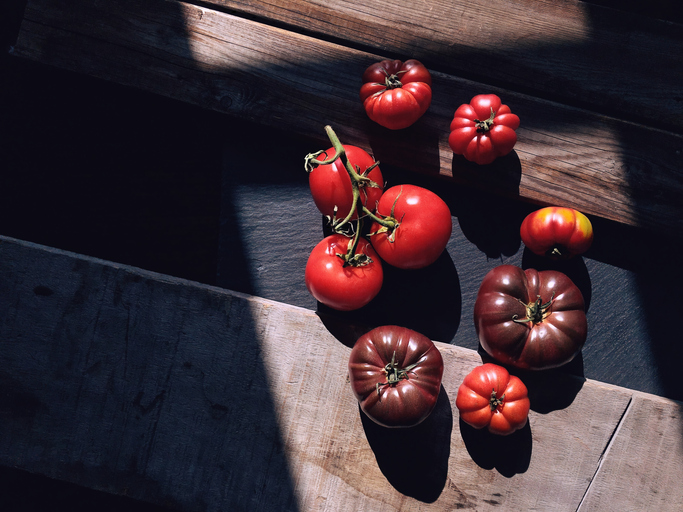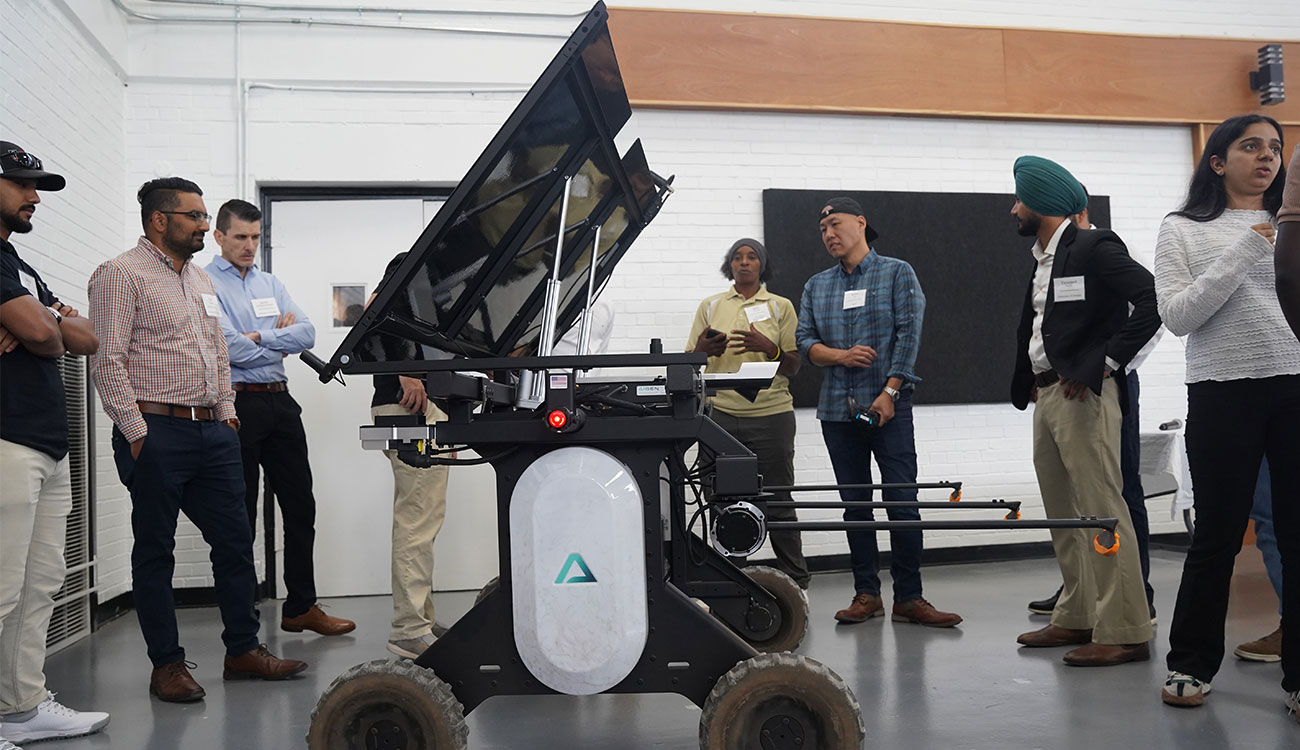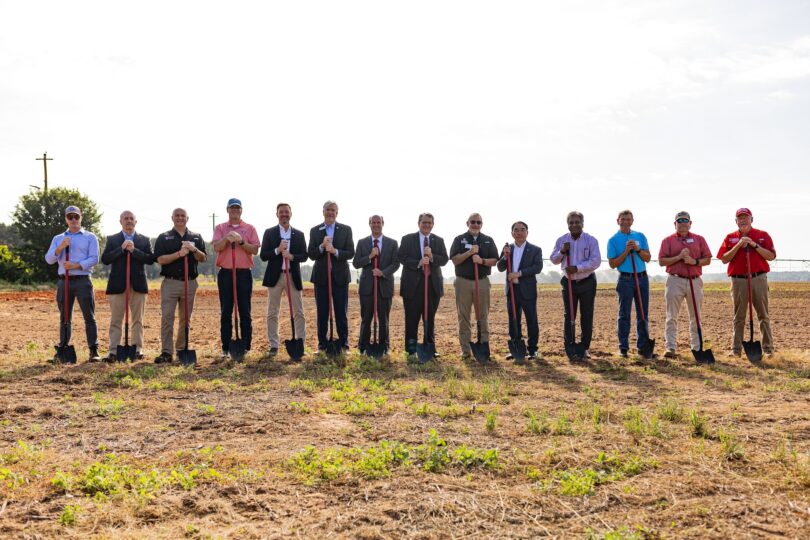By Brad Haire
University of Georgia
Using solar panels and wind turbines to produce electrical power is nothing new, said Gary Hawkins, a water specialist with the UGA College of Agricultural and Environmental Sciences. But using them to power water pumps in Georgia is. They are more common in the Midwest and Western United States.
“The goal of this project is to provide cattlemen who are already involved with other conservation and grazing management programs a sustainable alternative for getting their cattle the water they need,” Hawkins said.
Five farms will be picked this fall to participate in the three-year project. The Natural Resources Conservation Service Conservation Innovation Grants Program will pay for it.
The project is a collaboration with the Seven Rivers and the Coastal Georgia Resource Conservation and Development, Inc. The systems will be installed and running by spring.
The water pumps will be powered by a hybrid system, one that uses both wind and solar energy, said Hawkins, the project’s coordinator.
Georgia isn’t considered a windy state. But the wind blows consistently along the coast during cooler months when days are shorter. The wind dies off in the summer when the days are longer.
The hybrid system will use wind turbines for power in cooler months and the solar panels in summer. Both sources are enough to provide power to pump as much as 3,000 gallons a day. This is enough water to easily sustain a herd of up to 150 head of cattle.
The cattlemen get the power systems free but must agree to take data and open their farms for field days so others can learn about the technology, too, he said.
Traditionally, cattlemen have used electricity or diesel to fuel pumps. Diesel prices have more than doubled in the past five years to more than $2 a gallon. In some remote pastures, electricity is not available. It costs between $2.50 per foot and $3 per foot to install electrical line, depending on the location and company.
But the biggest limiting factor for the hybrid system technology is the price, he said. It varies depending on the configuration needed. The systems in this project cost about $12,000. But solar panels and wind turbine prices are coming down.
Hawkins will study the economic benefit of the hybrid system, too. Considering current prices for electricity and diesel, a hybrid system may pay for itself in a decade. Instructional publications will be created for other cattlemen to use to build similar systems on their farms.
Hawkins setup a solar powered irrigation system on a farm in Pierce County two years ago to see if it could pump water adequately from a holding pond to a five-acre pecan orchard. It worked. The farmer was pleased, he said. Seventy people came to a field day on the farm to learn more about that system earlier this year.






